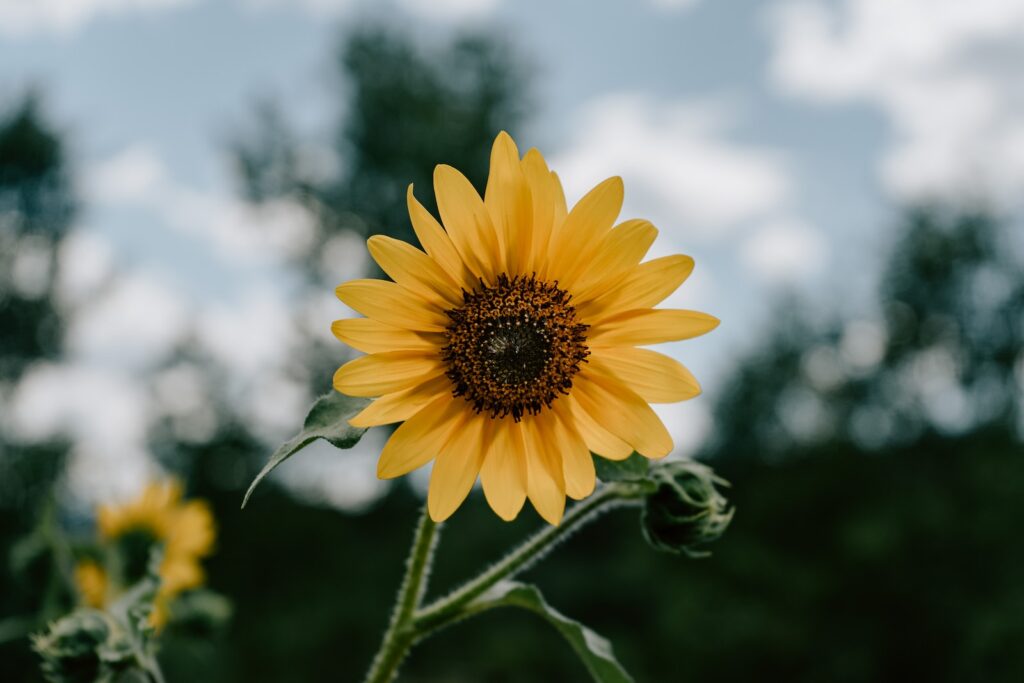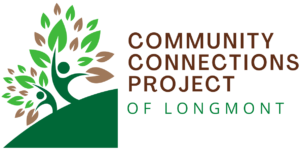Introduction
Gardening in Colorado is a unique and rewarding experience. The state’s diverse climate and landscape offer a wide range of possibilities for growing everything from vegetables to flowers. However, understanding the best time to start a garden in Colorado is crucial for success. In this article, we’ll explore the different regions and climates of Colorado and provide you with valuable insights on when to begin your garden to ensure a bountiful harvest.
Understanding Colorado’s Climates
Colorado is known for its diverse microclimates, which can make gardening a bit challenging for newcomers. The state’s three primary climate regions are the Front Range, the Western Slope, and the Eastern Plains, each with its own distinct climate and growing conditions.
- Front Range: The Front Range, including cities like Denver, Boulder, and Fort Collins, experiences a semi-arid climate. Winters are generally mild, with some freezing temperatures, while summers can be hot and dry. This region has a relatively short growing season and may experience late spring frosts.
- Western Slope: The Western Slope, including cities like Grand Junction, has a high desert climate. It features hot summers and cold winters with low humidity. This region has more consistent sunshine and milder winters than the Front Range but can still present challenges for gardeners.
- Eastern Plains: The Eastern Plains have a semi-arid to arid climate with cold winters and hot summers. This region tends to have more extreme temperature variations, which can impact the growing season.
Now that we understand the varying climates in Colorado, let’s discuss the best times to start your garden in each region.
Best Time to Start a Garden in Colorado
- Front Range Gardens:
The Front Range has a relatively short growing season due to its higher elevation and occasional late spring frosts. To make the most of your garden in this region, consider the following timeline:
- Indoor Seed Starting: Begin indoor seed starting in late February to early March. This will give your plants a head start before the last frost date, which typically falls around mid to late May.
- Transplanting: After the last frost date, it’s safe to transplant your seedlings outdoors. This is usually in late May or early June.
- Direct Seeding: For cold-hardy vegetables like peas, radishes, and spinach, you can directly seed them outdoors in early April.
- Western Slope Gardens:
The Western Slope offers a longer growing season compared to the Front Range. Here’s when to start your garden:
- Indoor Seed Starting: You can start your indoor seedlings in late February to early March, similar to the Front Range.
- Transplanting: Transplant your seedlings outdoors around late April to early May, depending on local frost patterns.
- Direct Seeding: You can start direct seeding cold-hardy crops as early as late March to early April.
- Eastern Plains Gardens:
The Eastern Plains have a shorter growing season compared to the other regions, and late spring frosts are not uncommon. Here’s what you need to know:
- Indoor Seed Starting: Start your indoor seedlings in early to mid-March to give them a head start.
- Transplanting: Plan to transplant your seedlings outdoors around late May or early June, after the last frost date.
- Direct Seeding: It’s best to wait until late April to early May for direct seeding in this region.
Tips for Success in Colorado Gardening
- Select Appropriate Plant Varieties: Choose plant varieties that are well-suited to Colorado’s climate. Look for varieties labeled as “short-season,” “cold-hardy,” or “drought-resistant.”
- Use Season Extenders: To protect your plants from late frosts or to extend the growing season in the fall, consider using season extenders such as row covers, cloches, and cold frames.
- Water Wisely: Colorado’s arid climate means you need to be mindful of water usage. Invest in efficient irrigation systems and mulch to conserve moisture.
- Soil Preparation: Work on improving your soil with organic matter like compost. Colorado’s soils are often alkaline, so soil testing and amendments may be necessary.
- Pest Management: Be proactive about pest and disease management. Colorado’s dry climate can discourage some common garden pests, but it’s still important to stay vigilant.
Conclusion
Gardening in Colorado can be a rewarding and fulfilling experience when you understand the unique climate conditions of your region. By following the guidelines and timelines outlined in this article, you can maximize your gardening success and enjoy a bountiful harvest. Remember to adapt these recommendations to your specific location within Colorado and always keep an eye on local weather patterns to make the most of your gardening season. Happy gardening!





